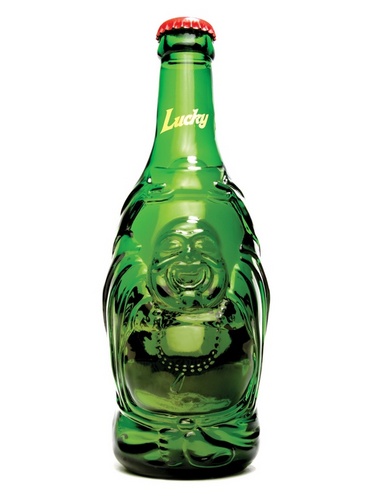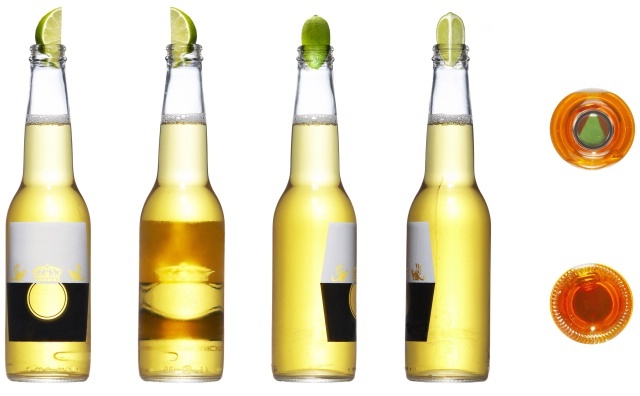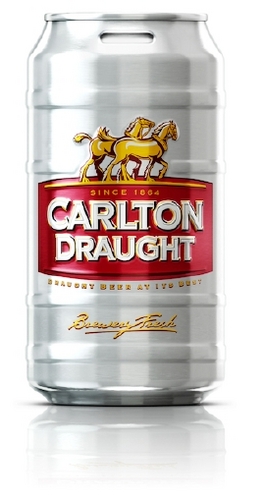
Navigating the minefield of trade marks and craft beer
You are just about to unveil your first batch from your new microbrewery and you receive a cease and desist letter from a lawyer: Something about a trade mark. What do you do? What should you have done? IP lawyer, Josh Henderson discusses some of the issues.
Craft beer is having a moment. In almost every bottleshop I go into, I see a delightful array of beers with witty names, interesting labels and delicious contents.
Being an intellectual property law nerd, I have been thinking about some of the IP issues that may arise, particularly in relation to trade marks.
In new, or developing, markets you often see new entrants have troubles with existing competitors who may have obtained their IP right first. One example is online wine provider Vinomofo, which was about to launch under the name ‘Vinomojo’ but received a cease and desist letter. It changed its name because of – it says – those ‘mofos’.
There have been reports filtering through, particularly from the US and UK (where beer trade marks reportedly increased by a fifth last year) in relation to craft beer brewers who are having some trade mark issues, including:
- Red Bull (the energy drink) opposing the registration of Old Ox Brewery, see here. The brewer posted an open letter to Red Bull online saying “The only similarity between our two products is that they are both liquids”;
- Lagunitas suing Sierra Nevada and then withdrawing the claim, in relation to the design of its IPA label;
- LMFAO (the music group) issuing a cease and desist letter to a brewer selling a stout also called LMFAO (Let Me Fetch an Oatmeal Stout). The brewer said he “LMFAOed when I got the letter”;
- Lucasfilm suing for trade mark infringement in relation to Empire Brewing Co’s lager Strikes Bock.
Trade marks for brewskis
Firstly, a quick taster on trade marks. A trade mark is a badge of origin that distinguishes your product from others, in relation to particular goods and services.
They are useful to have, because once your mark is registered, you obtain a monopoly right and you can stop others from using a trade mark which is substantially identical with, or deceptively similar to your mark (in relation to the same or related goods or services).
The most common marks are names or logos. However, they can be a scent, sound, colour or even a shape. Some brewers have registered shape marks for their bottles (sometimes when combined with their name, or even a wedge of lime!), such as:
However, not every trade mark is able to be registered. There are a number of factors that must be assessed when you apply for a mark, such as whether the mark:
Is capable of distinguishing your goods (or services) from someone else’s. The most common objection is that the mark is simply descriptive of the good. This was raised in relation to Lion’s application to register the mark Extra Dry (not the mark Tooheys Extra Dry, which it already has registered). In refusing to register the mark, the hearing officer said that Extra Dry describes beers which are drier in nature than others in the market. This objection can also be raised in relation to the location of where the beer is brewed, which occurred in to Harbin, which is both a beer and a place in China.
Is substantially identical or deceptively similar to another registered mark. This was raised, unsuccessfully, by Lion in relation to the mark Tossers Extra Dry, which it alleged was too similar to Tooheys Extra Dry.
Trademark clearance – prevention is better than hair of the dog
When thinking about designing your trade mark, whether it be a name, a logo, or even a shape, it is important to do your homework. If someone already has a trade mark registered which is similar enough to the mark you want to use, you may have issues.
You can search the Australian trade mark register here. However, you should not limit yourself to only searching for registered marks. You should also do searches, usually on the Internet, to see whether there is anyone else out there who is using a similar mark. While that other trader may not have a registered trade mark, it may have other rights in relation to misleading conduct (customers may be confused that you are associated) or passing off on its reputation.
Try and be as creative as possible with your mark, so that it is distinctive rather than descriptive. If you do that, you will maximise your mark’s chance of being registered. It should also help you differentiate yourself in the market too.
Hey – get your own round
Once you have settled on your mark, and hopefully have it registered, make sure you use the mark because if you do not, it is at risk of being removed from the Register. Craft brewer, Thunder Road Brewery, attempted to do this in relation to 59 heritage beer marks owned by CUB.
Also, keep an eye on the market to see whether someone starts to use a mark that is too similar to yours. If this happens, there are enforcement strategies that you can adopt, which can range from something informal like a call to the brewer to make sure they are aware of your mark or, if it is really serious, legal proceedings.
Please note, this article is of a general nature. If you have a specific legal issues, you should seek independent legal advice.
Josh Henderson is a commercial litigator with broad general disputes experience, who focuses on intellectual property, trade practices and media.
Josh regularly acts in patent, copyright, design, confidential information and trade mark disputes. His recent experience includes acting in patent and copyright litigation for products supplied in the mining sector.
Josh has his Masters of Law, specialising in intellectual property and commercial law and regularly publishes articles about intellectual property topics.Outside of work, he enjoys a cold brew.
You can contact Josh by emailing jhenderson@tglaw.com.au.







